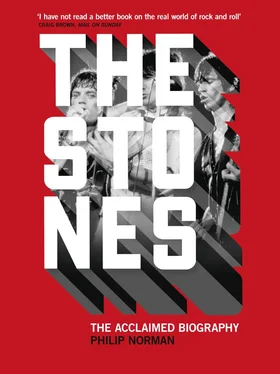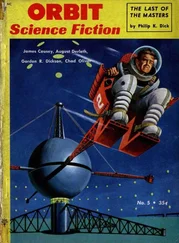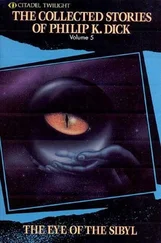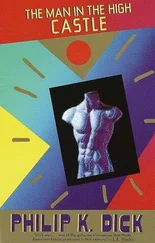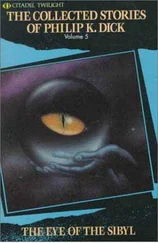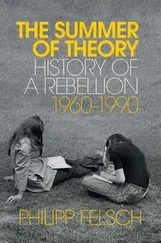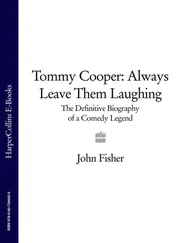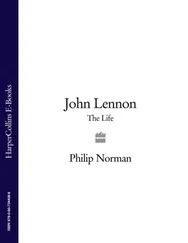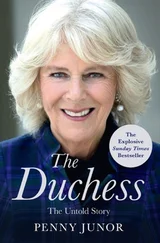COPYRIGHT
an imprint of HarperCollins Publishers 1 London Bridge Street London SE1 9GF
www.harpercollins.co.uk
First published by Elm Tree Books/Hamish Hamilton 1984
Paperback edition published by Penguin Books 1993
Updated edition by Sidgwick and Jackson published by Pan Macmillan 2001
This updated edition published by HarperCollins Publishers 2012
FIRST EDITION
© Philip Norman 1984, 1993, 2001, 2012
A catalogue record of this book is available from the British Library
Philip Norman asserts the moral right to be identified as the author of this work
All rights reserved under International and Pan-American Copyright Conventions. By payment of the required fees, you have been granted the non-exclusive, non-transferable right to access and read the text of this ebook on-screen. No part of this text may be reproduced, transmitted, down-loaded, decompiled, reverse engineered, or stored in or introduced into any information storage and retrieval system, in any form or by any means, whether electronic or mechanical, now known or hereinafter invented, without the express written permission of HarperCollins.
Source ISBN 9780007477067
Ebook Edition © September 2012 ISBN: 9780007477074
Version 2016-11-01
To Angela Miller
CONTENTS
Cover
Title Page
Copyright
Dedication
Foreword
PART ONE
1 ‘I was schooled with a strap right across my back’
2 ‘Well, the joint was rockin’ …’
3 ‘I belong to you and you belong to me, so come on’
4 ‘Beatle your Rolling Stone hair’
PART TWO
5 ‘My client has no fleas’
6 ‘Everybody’s got something to hide’
7 ‘It’s down to me; the change has come …’
8 ‘The Oscar Wilde mistake’
9 ‘A Mars bar fills that gap’
PART THREE
10 ‘Sing this all together – see what happens’
11 ‘There’s just no room for a street-fighting man …’
12 ‘He hath awakened from the dream of life’
13 ‘We’re gonna kiss you goodbye’
14 ‘The Stones like France tremendously’
15 ‘Black and Blue’
16 ‘God Speed the Rolling Stones’
17 ‘Then there were four’
18 ‘Some girls give me children …’
Plate Section
Afterword
Author’s Note
Index
Also by Philip Norman
About the Publisher
FOREWORD
I began researching The Stones in 1981, just after publication of my Beatles biography, Shout! I’d never been a particular admirer of the Rolling Stones, quite the opposite in fact, but chronicling the Beatles had shown me how closely the two bands’ histories were intertwined; so, having ‘done’ the Liverpudlians it seemed logical to move on to the Londoners.
As a journalist I’d interviewed the Stones only once, in 1965 when I was on a small evening paper in north-east England and they appeared at the ABC cinema in Stockton-on-Tees. It was the zenith of their British notoriety, just post-‘Satisfaction’; I expected surly Neanderthals but, even to a provincial nobody like me, they were perfectly nice. I talked to Mick Jagger sitting on a cold backstage staircase (he wore a white fisherman’s-knit sweater and swigged from a Pepsi-Cola bottle; such different days!), then to all five in their dressing-room.
Brian Jones was the friendliest, telling me in his quiet, educated voice about the constant hassles they faced between gigs in hotels and restaurants, not for any real bad behaviour – that didn’t come until later – but ‘just because we’re us’. When I requested an autograph for my sister, they all obliged, then former graphic designer Charlie Watts drew a decorative border around their signatures, adding ‘the Rolling Stones’ in case there should be any confusion.
In later years, as a roving correspondent for the Sunday Times Magazine , I’d written about rock, soul and blues legends from Johnny Cash, Bill Haley, the Everly Brothers, the Beach Boys and Fleetwood Mac to James Brown, Little Richard, Stevie Wonder, Diana Ross, Wilson Pickett, B. B. King and Sleepy John Estes – but never a word about the Stones. There seemed far too many experts on the subject already, turning out miles of copy about them, not least for the magazine named Rolling Stone in their honour.
However, just as I’d previously found with the Beatles, what at first looked like formidable competition soon melted away. The vast slush-pile of articles on the Stones had, by and large, swallowed their mythology whole. The books published about them to date were either partial, highly suspect memoirs by former friends (such as the drug-dealer ‘Spanish Tony’ Sanchez) or glossy pulp for the fans. There had never been a real biography of a band that shaped the Sixties as much as the Beatles did, perhaps even more, and who, to general amazement, were soon to celebrate 20 years together.
Fortuitously, just as I committed to the project, the Stones announced a 20th anniversary world tour, to kick off at the John F. Kennedy Stadium, Philadelphia, on September 25, 1981. With the Sunday Times (and now also Shout! ) behind me, I was given accreditation to cover its American leg.
When one says one has been on tour with the Rolling Stones, people’s eyes tend to light up with visions of Bacchanalian orgies. Actually, it was one of the most arduous, frustrating and, often, humiliating experiences of my career. Unlike previous chroniclers such as Truman Capote and Terry Southern, I was not embedded with the tour: I had to make my own way to each venue, then apply for show-tickets and backstage access to the Stones’ American publicist, Paul Wasserman.
This Wasserman was an overweight, bearded man with a bald head oddly like a tortoise’s, who constantly shed paper napkins from the ice-cream parlours to which he was addicted. Wherever he appeared, so did a crowd of journalists from newspapers, magazines and broadcasting organizations from all over the world, myself among them, pleading, expostulating, at times raging, at the inadequate media facilities he had provided. Nothing, however, moved Wasserman, whose fear of his clients overrode all normal PR instincts, to keep the press sweet. Under our onslaught his tortoise head would retract defensively into its shell and another paper napkin or two would float free: the Porter’s words in Shakespeare’s Macbeth – ‘Have napkins enough about you, here you’ll sweat for ’t’ – might have been written for him.
At the tour’s opening venue, Philadelphia’s vast, cheerless JFK Stadium, only photographers were allowed front-of-stage, for a few minutes each at a pre-ordained and immovable camera angle. The writing contingent were imprisoned in the bleachers, the block of empty seats behind the stage, under the hostile glare of innumerable thuggish-looking security guards, unable to see a thing or even hear very well. For my first unrestricted view of the Stones in performance, I had to travel to the tour’s third stop, Rockford, Illinois. There, and again in Boulder, Colorado, and again in Buffalo, New York, I asked Paul Wasserman if I could interview Mick and Keith; each time, the only response was a blank stare and more falling triangles of porous paper.
In despair, I filed a perfunctory story to the Sunday Times and flew back to London to try another tack (journalism was different then). I approached the Stones’ UK publicist, Keith Altham, himself a former music journalist, and said that the Times had guaranteed me the front of its prestigious Weekly Review section if he could deliver me Mick and the other Keith. A few weeks later (this is how different journalism was then) I returned to America with Altham to pick up the tour again in Orlando, Florida.
Читать дальше
